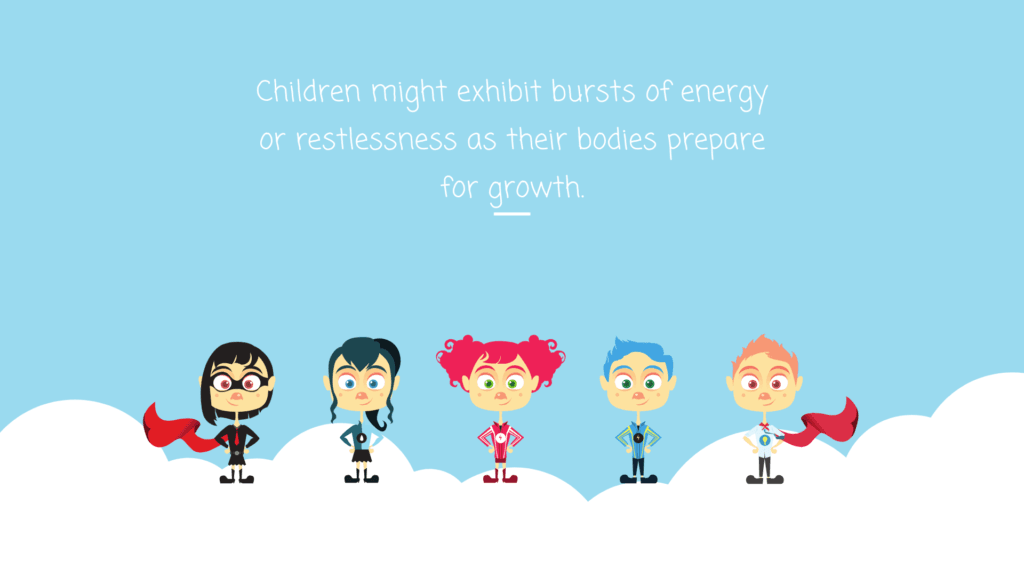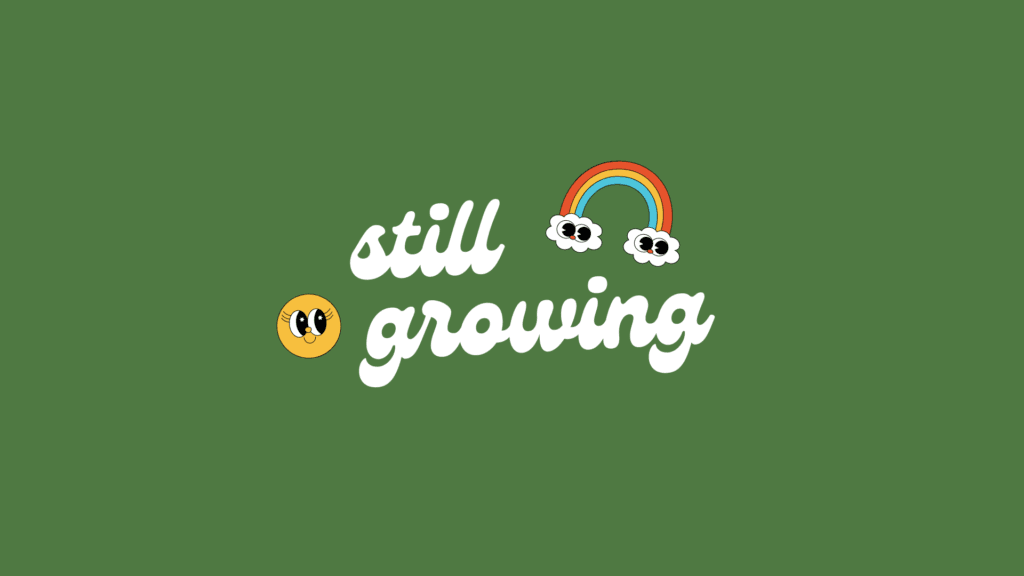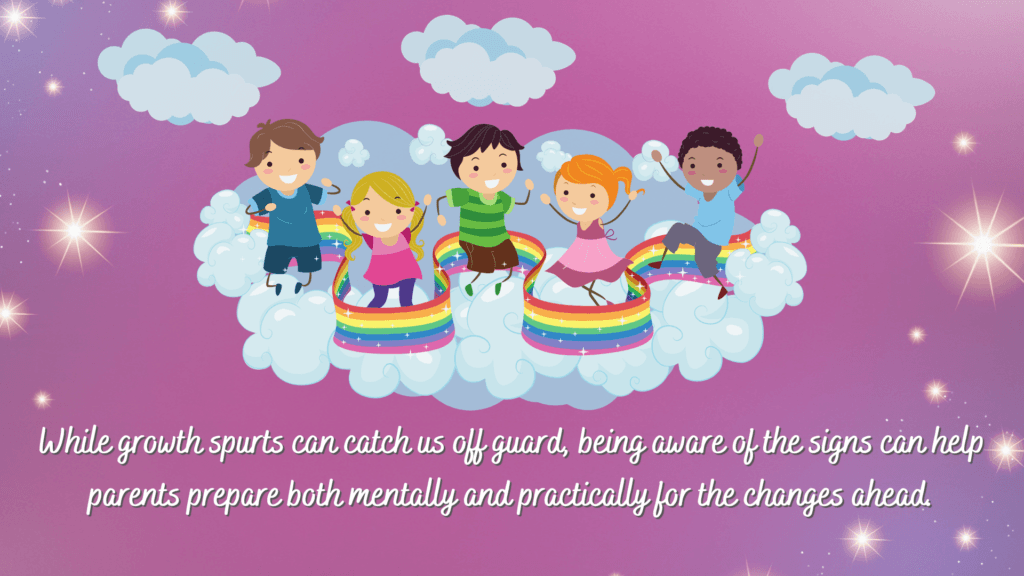As parents, we often find ourselves marvelling at how quickly our children grow. From the first moments of infancy to the tumultuous tween years, growth is a constant companion in their journey towards adulthood. One of the most noticeable phases in this process is the growth spurt, where children seem to shoot up overnight, leaving us scrambling to adjust – but how can we anticipate these spurts before they hit? Here are some signs to look out for:
Increased Appetite:
If your child suddenly starts eating like there’s no tomorrow, it might be a sign that a growth spurt is on the horizon. Growing bodies need fuel, and an increase in appetite often precedes a significant growth spurt.
Changes in Sleep Patterns:
You might notice that your child is sleeping more than usual or experiencing disrupted sleep patterns. Growth hormones are released primarily during sleep, so an increase in sleepiness or restlessness could indicate that their body is gearing up for a growth spurt.
Clothing Suddenly Becoming Tight:
One day, their trousers fit perfectly, and the next, they’re a couple of inches too short. Rapid changes in clothing size or complaints of clothes feeling tight are classic signs that your child is about to shoot up in height.
Mood Swings:
Hormonal fluctuations accompany growth spurts, which can manifest as mood swings or emotional sensitivity. Don’t be surprised if your usually easy-going child becomes more irritable or prone to tears during this time.
Physical Changes:

Keep an eye out for physical changes such as a sudden increase in shoe size, the appearance of stretch marks, or the development of muscle mass. These changes often precede or accompany a growth spurt as the body prepares to accommodate increased height.
Increased Restlessness or Hyperactivity:
Children might exhibit bursts of energy or restlessness as their bodies prepare for growth. You might notice them fidgeting more than usual or struggling to sit still for extended periods.
Delayed Milestones:
Sometimes, a growth spurt can coincide with developmental milestones such as puberty. If you notice that your child’s growth spurt is accompanied by the onset of secondary sexual characteristics (like breast development in girls or facial hair growth in boys), it’s likely that they’re entering a new phase of growth and development.
Heightened Clumsiness:
As their bodies rapidly change and adapt to increased height, children might experience temporary clumsiness or lack of coordination. This is perfectly normal and usually resolves once their bodies adjust to their new proportions.
Increased Thirst:
Growth spurts can be dehydrating for the body, so it’s common for children to experience increased thirst during this time. Encourage them to drink plenty of water to stay hydrated as they grow.
Seek Advice from a Healthcare Professional:
If you’re unsure whether your child is experiencing a growth spurt, consider seeking advice from your family doctor or another healthcare professional. They can assess your child’s growth trajectory, rule out any underlying issues, and provide guidance on how to support them through this phase.
To conclude, while growth spurts can catch us off guard, being aware of the signs can help parents prepare both mentally and practically for the changes ahead. Remember to be patient and supportive, as these spurts are a natural part of your child’s journey towards adulthood.




1 comment